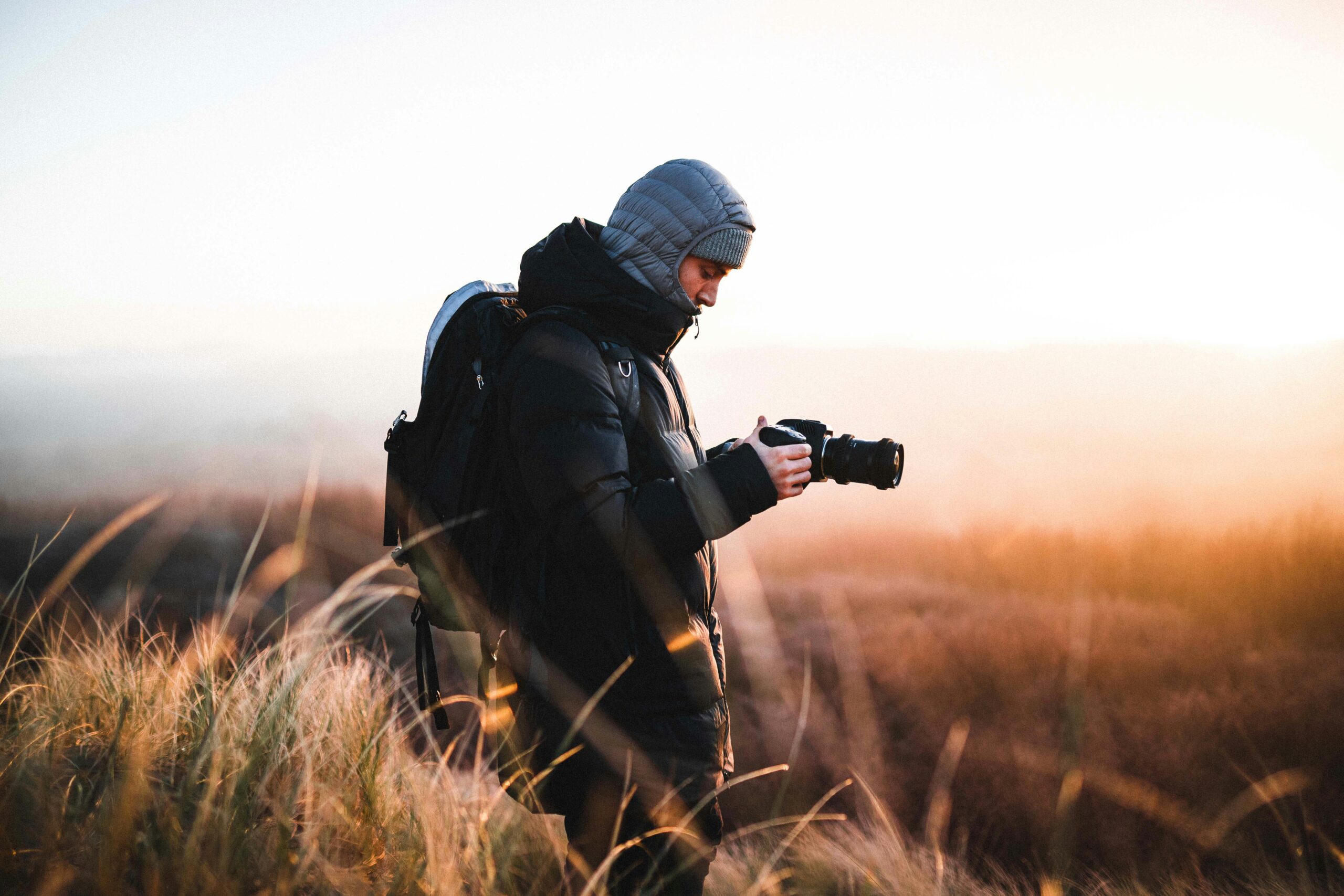
Photography is one of the most rewarding creative outlets, allowing you to capture moments, tell stories, and express your vision. However, starting can be overwhelming due to the technicalities of digital cameras and the art of composition. Whether you’re using a smartphone or a professional DSLR, understanding the core principles will help you take better photos right away. With the right mindset and some practical techniques, you can quickly move from snapping random shots to creating truly compelling images.
Understand Your Camera
Before anything else, you must understand how your camera works. Even though auto mode can be convenient, learning the manual settings—such as aperture, shutter speed, and ISO—gives you greater control. For instance, aperture determines how much light enters your lens and affects the depth of field. Meanwhile, shutter speed controls motion blur, and ISO affects the overall brightness of your photo. By experimenting with these settings, you can create different moods and effects instead of letting the camera decide everything for you.
Additionally, take time to read the manual or watch tutorials specific to your camera model. This step might seem tedious, but it can save you from frustration later. Knowing how to adjust exposure quickly or switch focus modes allows you to capture fleeting moments without hesitation. Over time, this familiarity builds confidence, letting you focus on creativity rather than technical struggles.
Master Composition Techniques
Once you understand your camera, the next essential step is mastering composition. Composition refers to how elements are arranged within your frame, influencing how viewers perceive your image. One classic technique is the rule of thirds, where you divide your frame into nine equal sections using imaginary horizontal and vertical lines. Placing your subject along these lines or intersections creates balance and draws attention naturally. Furthermore, including leading lines—such as roads, fences, or shadows—guides the viewer’s eyes through the photo, adding depth and direction.
In addition to structure, think about simplicity and balance. Avoid cluttered backgrounds that distract from your main subject. Sometimes, less is more; a minimalistic composition can make your subject stand out more effectively. Moreover, always check the edges of your frame before pressing the shutter. Even minor adjustments in perspective can turn an ordinary picture into a striking one.
Play with Lighting
Lighting can make or break your photo, no matter how perfect your composition is. Natural light is your best friend, especially during the “golden hour”—the hour after sunrise or before sunset—when light is soft and warm. At this time, colors appear richer, and shadows create a flattering, cinematic effect. Conversely, shooting under harsh midday sunlight can cause overexposed highlights and deep shadows; therefore, try to find shade or diffuse the light to achieve a more balanced image.
On the other hand, artificial lighting can also enhance creativity. For indoor photography, use lamps or LED panels to control the appearance of your subject. Experiment with the direction of light—side lighting adds texture and drama, while front lighting produces even tones. Gradually, you’ll learn how to use light not just to illuminate but to evoke emotion and depth.
Focus on Perspective and Angles
Changing your perspective can instantly elevate a photo from ordinary to extraordinary. Many beginners shoot from eye level, but bending down, shooting from above, or tilting your camera can dramatically change the story your image tells. For example, photographing a subject from below can make it appear powerful, while a top-down angle offers a sense of context or scale. Consequently, don’t be afraid to move around your subject and explore different viewpoints.
Moreover, background and foreground elements play vital roles in enhancing perspective. Including something in the foreground can add depth and dimension, especially in landscape photography. For portraits, positioning your subject in an engaging environment creates a stronger visual connection between the person and their surroundings. Every slight shift in angle can completely alter the feel of your photo.
Practice, Experiment, and Edit
Photography is as much about practice as it is about knowledge. The more you shoot, the more you’ll understand what works and what doesn’t. Experiment with new settings, compositions, and lighting conditions to explore various options. Don’t worry about making mistakes—every imperfect shot teaches you something valuable. Furthermore, reviewing your photos afterward helps identify areas for improvement. Consistent practice develops your eye for detail, enabling you to recognize opportunities that others might miss.
After capturing your images, post-processing can take your work to the next level. Editing software like Adobe Lightroom or Snapseed allows you to enhance colors, adjust exposure, and crop for better framing. However, always aim for subtlety; over-editing can make your photos look unnatural. Use editing as a tool to refine your vision, rather than to correct poor composition or lighting. With time, you’ll develop your unique style through experimentation and refinement.
In summary, becoming a skilled photographer doesn’t happen overnight, but consistent learning and creativity make the journey an exciting one. From understanding your camera to mastering composition, lighting, and perspective, each skill adds another layer to your artistic ability.
Moreover, regular practice and thoughtful editing help turn technical knowledge into expressive storytelling. With patience and curiosity, you’ll soon discover that photography isn’t just about taking pictures—it’s about seeing the world through a more thoughtful, creative lens.